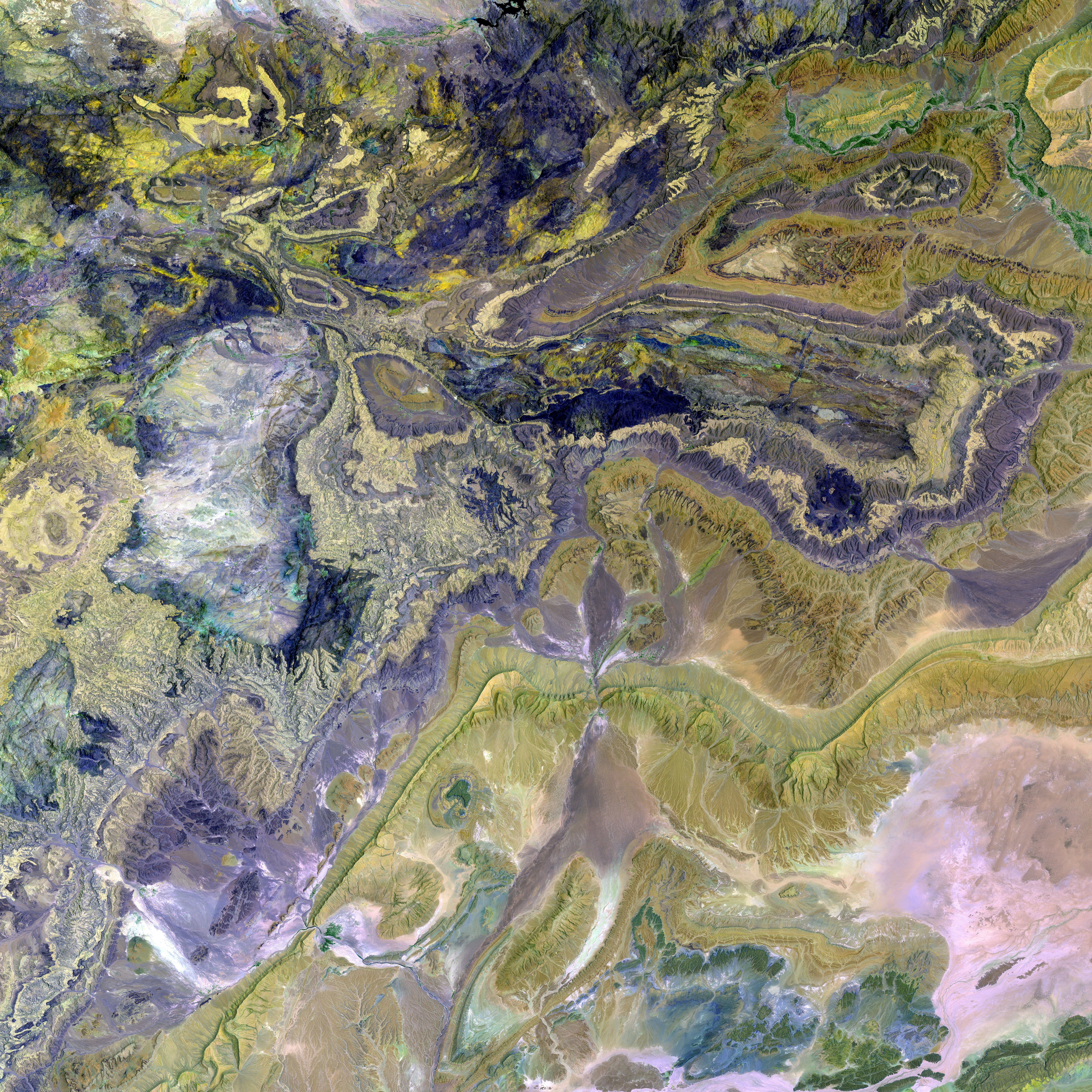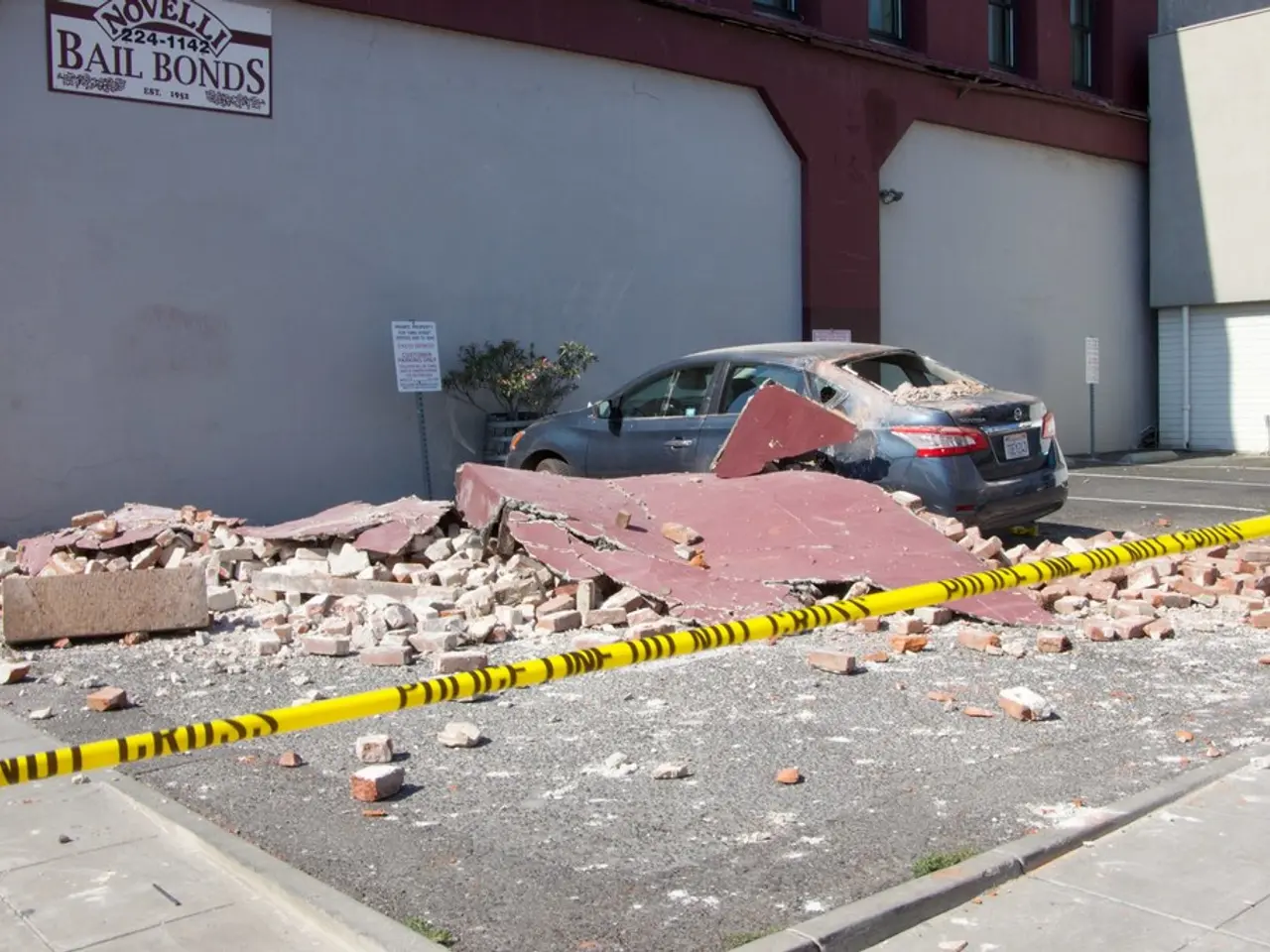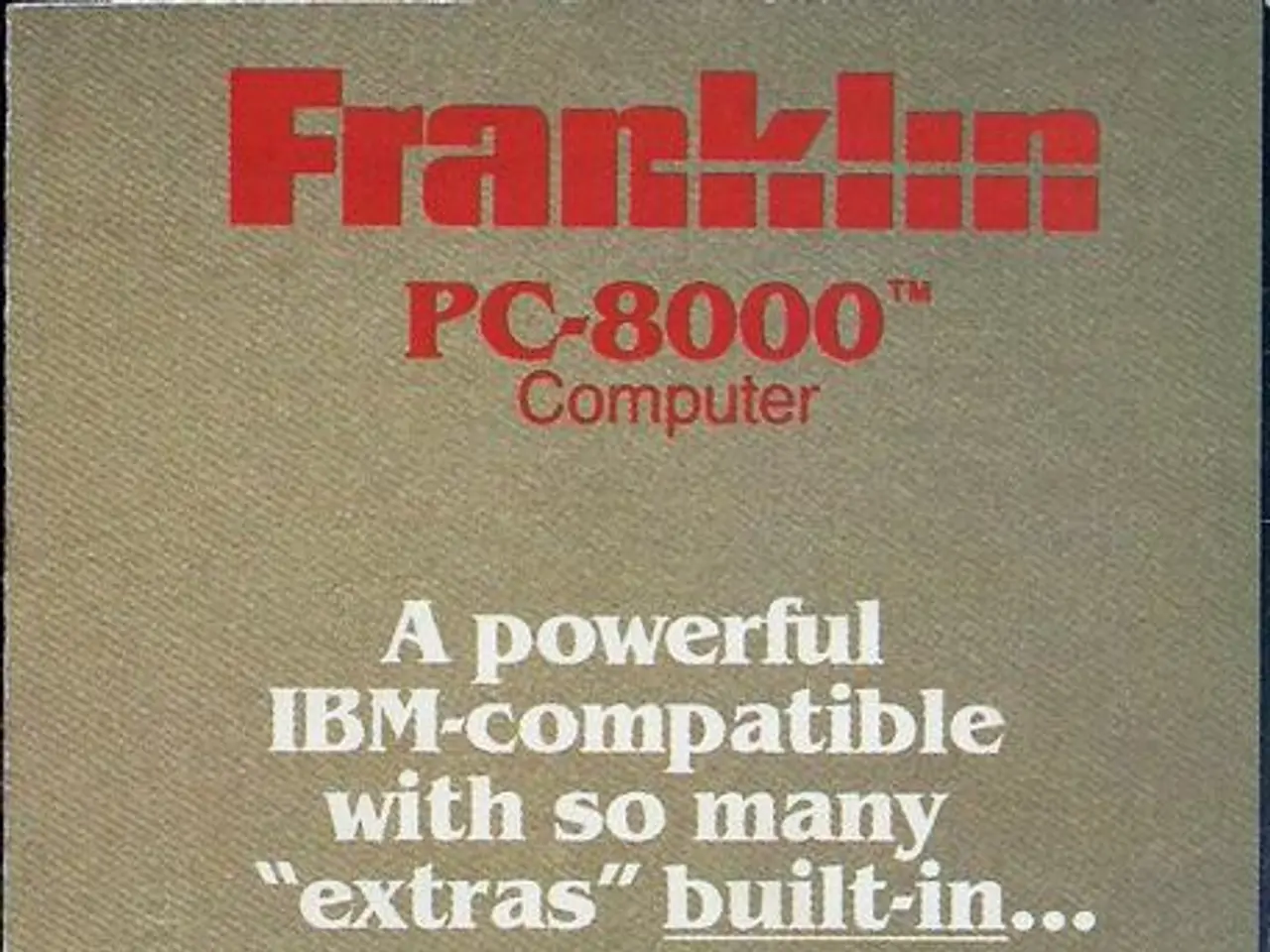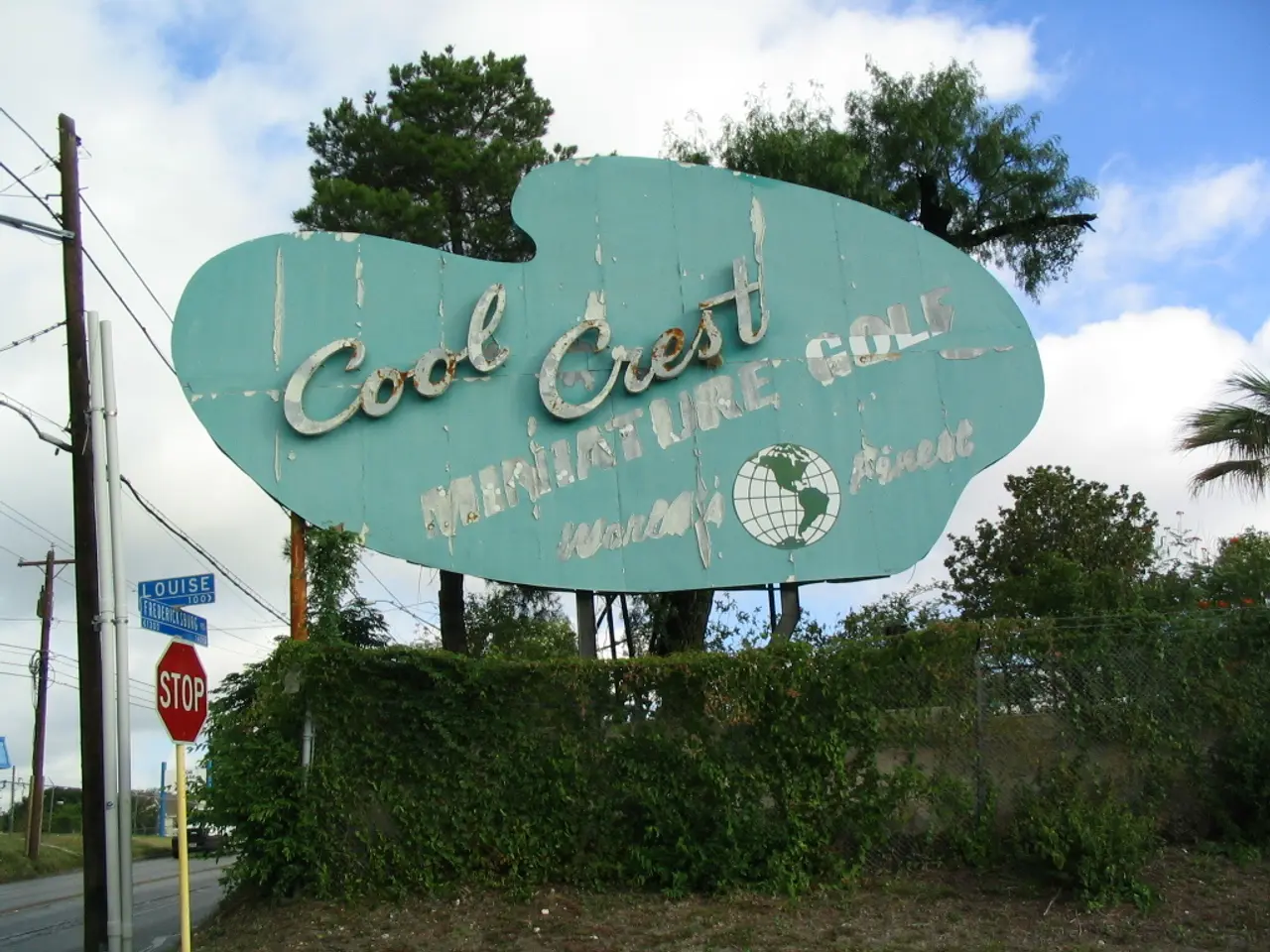Why the Changes Matter
Revising Tax Laws for Mineral Extraction and Exports: Proposal by Vietnam Chamber of Commerce and Industry (VCCI)
In the bustling city of Hà Nội, high-quality coal is stocked at a port before being shipped, a testament to Vietnam's burgeoning mineral resources sector. However, the Value Added Tax (VAT) framework governing this industry requires some modifications to foster competitiveness and cut down on operational costs.
The Current Situation
The existing VAT regulations fail to distinguish between unprocessed and processed mineral resources, a fine point that greatly affects different products' economic realities. The VAT input for such resources is considered as a business expense, potentially undermining Vietnam's exports' international competitiveness.
Moreover, the classification system, relying on Harmonised System (HS) codes, tends to group all products under a single, overly broad code, neglecting the differences between raw and processed materials.
Another issue lies in the taxation of export-related services, which incurs the risk of double taxation due to its cross-border nature, potentially driving up costs for foreign investors and dimming Vietnam's appeal as a trade partner.
Lastly, ambiguity surrounds the draft regulations concerning VAT rates for goods exported to duty-free zones, creating risks and compliance challenges for businesses.
Proposed Revisions
To rectify these issues, it is proposed that the drafting authorities:
- Differentiate Between Unprocessed and Processed Resources: Implementing separate VAT rates or exemptions for unprocessed and processed mineral resources would better align with economic realities and lower the tax burden on businesses.
- Refine Classification System: A more nuanced HS code system would help differentiate between raw and processed materials, accurately reflecting their economic contributions.
- Clarify Export-Related Services Taxation: Establishing clear guidelines or exemptions for services related to export sourcing would help avoid double taxation and boost Vietnam's attractiveness as a trade partner.
- Streamline VAT Rates for Duty-Free Zones: Provide clear definitions and procedures for goods exported to duty-free zones, along with guidelines for supporting documentation to simplify compliance and eliminate misunderstandings.
By addressing these concerns and implementing these changes, Vietnam can amplify the competitiveness of its mineral exports, reduce costs for businesses, and improve its overall trading landscape.
[1]: Based on enrichment data from the provided article and additional sources.
High-quality coal is stocked at a port before being shipped. -VNA/VNS Photo
- The current VAT framework for Vietnam's mineral resources and exports necessitates changes to foster competitiveness and reduce operational costs.
- The VAT regulations fail to differentiate between unprocessed and processed mineral resources, which significantly impacts economic realities of varying products.
- The existing classification system, based on Harmonised System (HS) codes, tends to oversimplify products, neglecting differences between raw and processed materials.
- The taxation of export-related services poses a risk of double taxation due to its cross-border nature, potentially increasing costs for foreign investors.
- Ambiguity surrounds the draft regulations concerning VAT rates for goods exported to duty-free zones, creating risks and compliance challenges for businesses.
- To rectify these issues, it's proposed to differentiate between unprocessed and processed resources, refine the classification system, clarify export-related services taxation, and streamline VAT rates for duty-free zones.
- By implementing these changes, Vietnam can improve the competitiveness of its mineral exports, reduce costs for businesses, and enhance its trading landscape overall.





